- Cisco Community
- Technology and Support
- Networking
- Networking Knowledge Base
- Cisco Networking Basics: ciscoman2010@gmail.com
- Subscribe to RSS Feed
- Mark as New
- Mark as Read
- Bookmark
- Subscribe
- Printer Friendly Page
- Report Inappropriate Content
- Subscribe to RSS Feed
- Mark as New
- Mark as Read
- Bookmark
- Subscribe
- Printer Friendly Page
- Report Inappropriate Content
11-21-2010 08:48 PM - edited 03-01-2019 04:35 PM
CCNA - CISCO CERTIFIED NETWORK ASSOCIATE
Let’s begin with the basics of networking. Can any one tell the definition of networking?
Networking can be defined in various ways, as per my view it’s a collection of devices (Routers, Switches, Bridges, Hubs or PC’s) that are tied together (physical cables like ethernet, serial, HSSI, T1/E1 or Fiber optic) so that it can communicate together.
Networking can be considered as a fabric that ties the business applications.
The applications may be Email/Database/HTTP/FTP etc…
· What are all the pieces of network that ties the network elements?
Ans: Cables – simple answer?
Ok let’s drill further; cables will differ based on the connection types.
Eg: When it come to LAN – Local Area Network most commonly found cables are Ethernet and Fiber optic, but when it comes to WAN – Wide Area Network, cables may be serial, t1/e1, etc.
Fig below shows Ethernet cable – can be used to connect PC’s together or connecting PC to a Switch.
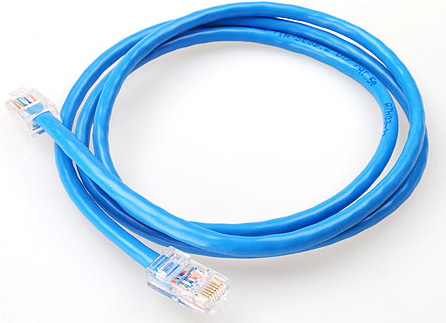
Fig below shows Serial Cable – used to connect to WAN
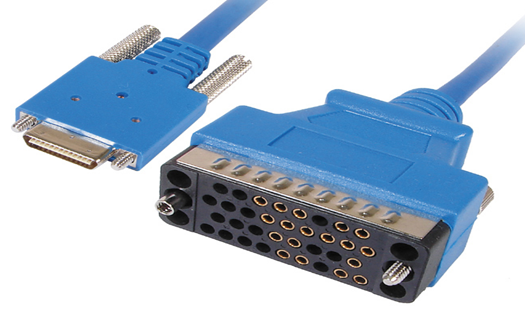
Fig below shows Fiber optic cables – used of UP Links – connecting two switches – commonly known as trunk.
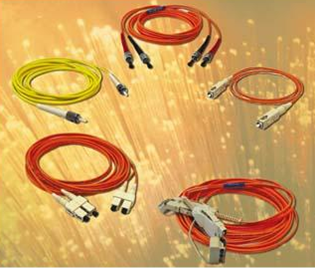
Lets have a look at the LAN and WAN after cabling,

· So what’s the difference between LAN & WAN?
LAN – means Local – It makes your local devices to communicate together. Example: If you have two PC’s want to transfer a file, normally what we can do is take a cross over cable connect it directly between two PC’s NIC card (Network Interface Card – Visible on back side of your PC). But if the size of pc count increases for 2 to 5 then we need to go for a Switch/Bridge/Hub, which ties your PC’s together so that it can communicate each other.
WAN – Ties Remote LAN or connect LAN to Internet.
Think you have two offices (2 LANS – One in INDIA and other in USA) physically separated by geographic boundaries. To make communication between two LAN we need to rely on WAN connectivity or if you have a LAN and users in that LAN needs internet access, in that case also we need to rely on WAN connections.
· What are the applications commonly run on LAN?
The common business applications are
1. Email.
2. Database.
3. Web browsing.
4. File transfer.
5. Online games.
When the application increases the problem is speed, so we need to know speed concepts.
In networking speeds can be classified in to one the below flavors
- Bit
- Byte
- Kilobytes
- Megabytes
- Gigabytes
- Terabytes and the list go...
1) Bit – 1 and 0 – ON or OFF – as computers communicate using binary 1’s & 0’s
2) Byte – 8 bits form a Byte.
3) Kilobyte - 1024 Bytes.
4) Mega Bytes – 1024 Kilo bytes.
5) Giga Bytes – 1024 Mega bytes.
On windows world if you type a character on a word or notepad for example: A, it takes up to 8bytes, so if one page or two pages if you type a content it will be some x amount of Kilobytes.
Megabytes? Think of RAM size of your computer (memory -128 MB/512 MB)
Gigabytes’? Think of your HARD DISK Drive (80 GB /120 GB)
So let’s come to a conclusion, when it comes to networking the speed is measured in Megabits/second. Please note it’s not Megabytes!!!
Examples: 56Kbps – for a modem connection speed.
1.544Mbps – for T1 connection
10/100/1000Mbps – for Ethernet and the list go…
Think you are having some x amount of PC’s, Switches, and Routers, how will you design a network?
Networks can be designed using the below forms,
- Bus Topology
- Star Topology
- Ring Topology
Bus Topology – If you are familiar with Cable modem connections – Broadband (Cable TV cable splitter – one for watching TV and other for Internet access) which is deployed in Bus topology
Cable Modem use a Long thicknet cable, for individual home, thicknet is splitted it in to thinnet for Broadband access.
Fig below shows Bus Topology
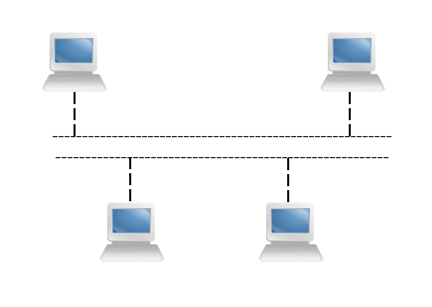
Star Topology – This kind of setup can be found on our LAN environments, - all pc’s are connected to switch as shown below.
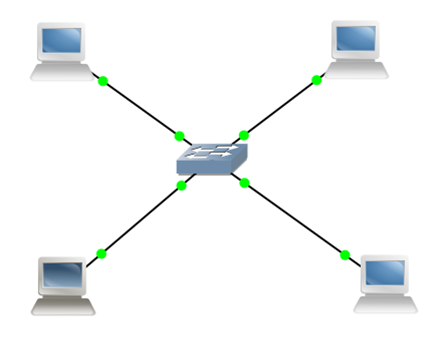
Ring Topology – This kind of setup back in olden days – Token ring type – rarely found these days.
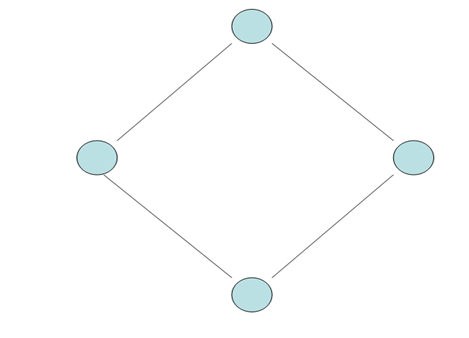
Think you have designed an end to end network, if any problems arise in the network it needs to be troubleshoot, ASAP.
So you need to know layer by layer function of each element in the network.
OSI model helps in finding fault – i.e., fault on which layer! & help to fix the issues in least possible time.
In order to memorize the OSI model keep in mind the below quote
“Please Do Not Throw Sausage Pizza Away”
- Physical Layer
- Datalink Layer
- Network Layer
- Transport Layer
- Session Layer
- Presentation Layer
- Application Layer
OSI helps to breakdown Network in to multiple functional elements.
Physical Layer – Deals with transport of signals, i.e. transport of data signal over wire.
Normally bits 1 and 0’s.
Cables are the main medium in this layer.
Exemples: V.35, Ethernet, BNC etc.…
Datalink layer – This layer provide physical addressing & error free data transport. MAC – Media Access Control – physical address / Layer 2 address, - hardware address burned in the NIC card of PC. This address cannot be modified as it’s hardcoded.
On PC if you issue ipconfig command from cmd prompt you can see this address.
Network layer – This layer provides logical addressing & finds the best path to the destination.
IP address – (which can be changed manually on interface of a router or switch).
This ip address is used by a Routing protocol like RIP/IGRP/EIGRP/OSPF/BGP or Static route to choose the best path around the network.
Further reading visit
www.kgpramod.com or contact me : ciscoman2010@gmail.com.
Best Regards,
Pramod
Find answers to your questions by entering keywords or phrases in the Search bar above. New here? Use these resources to familiarize yourself with the community: